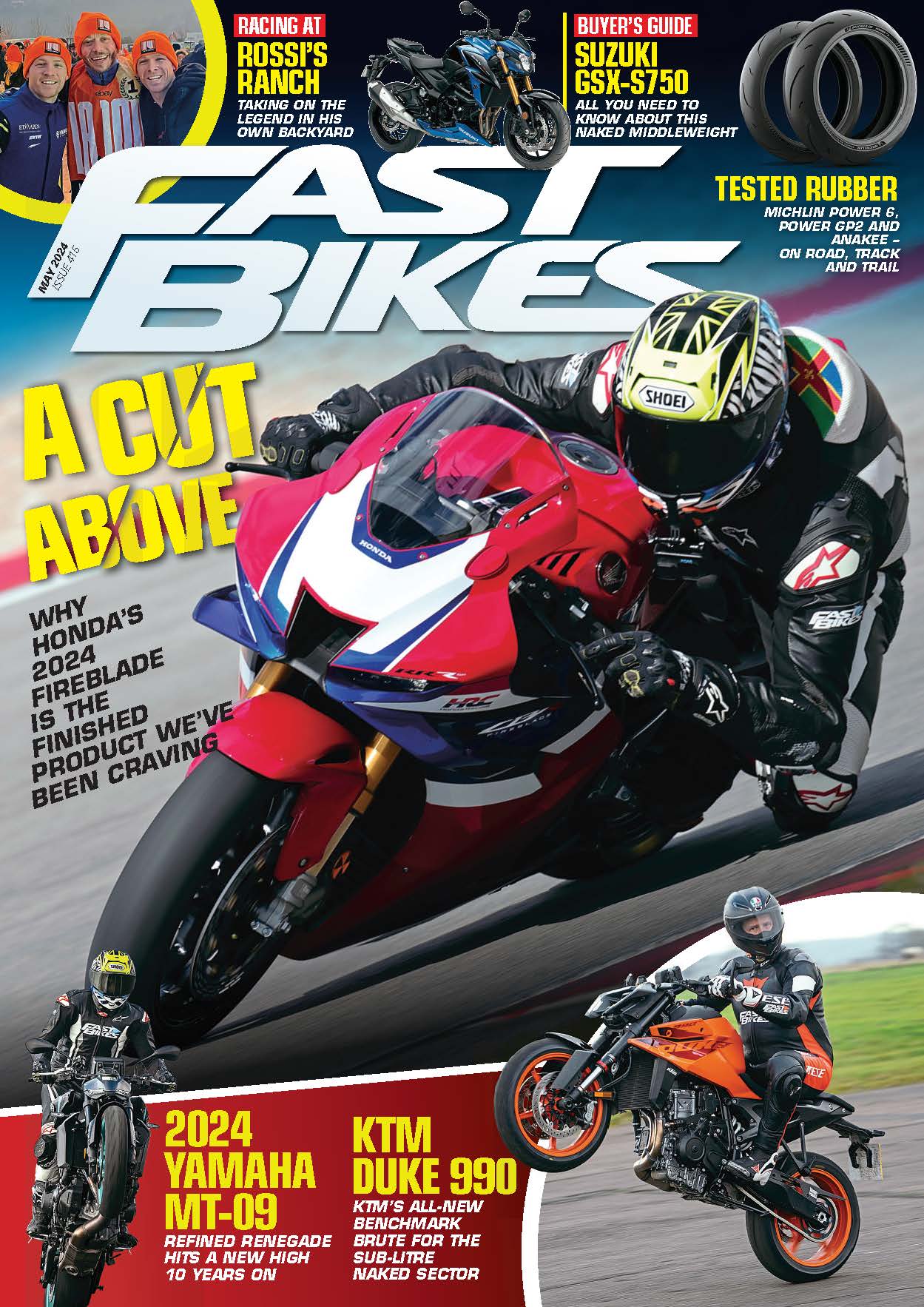Ever the optimists, here’s why we think a resurgence of the sector is on the cards.

Words: Big Mac Pics: Mortons Archive
On the basis that the Triumph Street Triple 765 Moto2 is in all but name and fairing a modern-day supersport bike, and with Kawasaki announcing the reintroduction of the ZX-6R to its range alongside the all-new ZXR400RR, it got me thinking if we are witnessing the rebirth of what was once by far the single most popular genre of sportsbikes. Where Triumph has erred on the side of caution by using Moto2 stickers to identify the Street Triple as a supersport bike, instead of a fairing for fear of putting off punters, Kawasaki has gone all in and fully faired its two bikes and painted them a shouty green. It’s impossible to overstate just how significant the move is by Triumph and Kawasaki to be dipping their toes into the supersport market – a sector that was dead and buried only a handful of years ago.
Enjoy everything More Bikes by reading the monthly newspaper, Read FREE Online.
Why does it matter? First, it’s important to do two things: understand why the supersport market matters, and why it died. At the risk of sounding like the old fart I am, back when I was a yoof cutting my teeth on the local roads on bikes like my Suzuki RGV250, Kawasaki KR1-S and GPX250, I didn’t aspire to things like GSX-R 1100s or FZR 1000 EXUPs. Despite being the ultimate – and in some cases, posters on my bedroom wall – they were so far out of my league in terms mainly of price, but also performance… the thought of all that power and weight at 18/19 years old frightened me enough to put me off, and the insurance premiums backed that up.
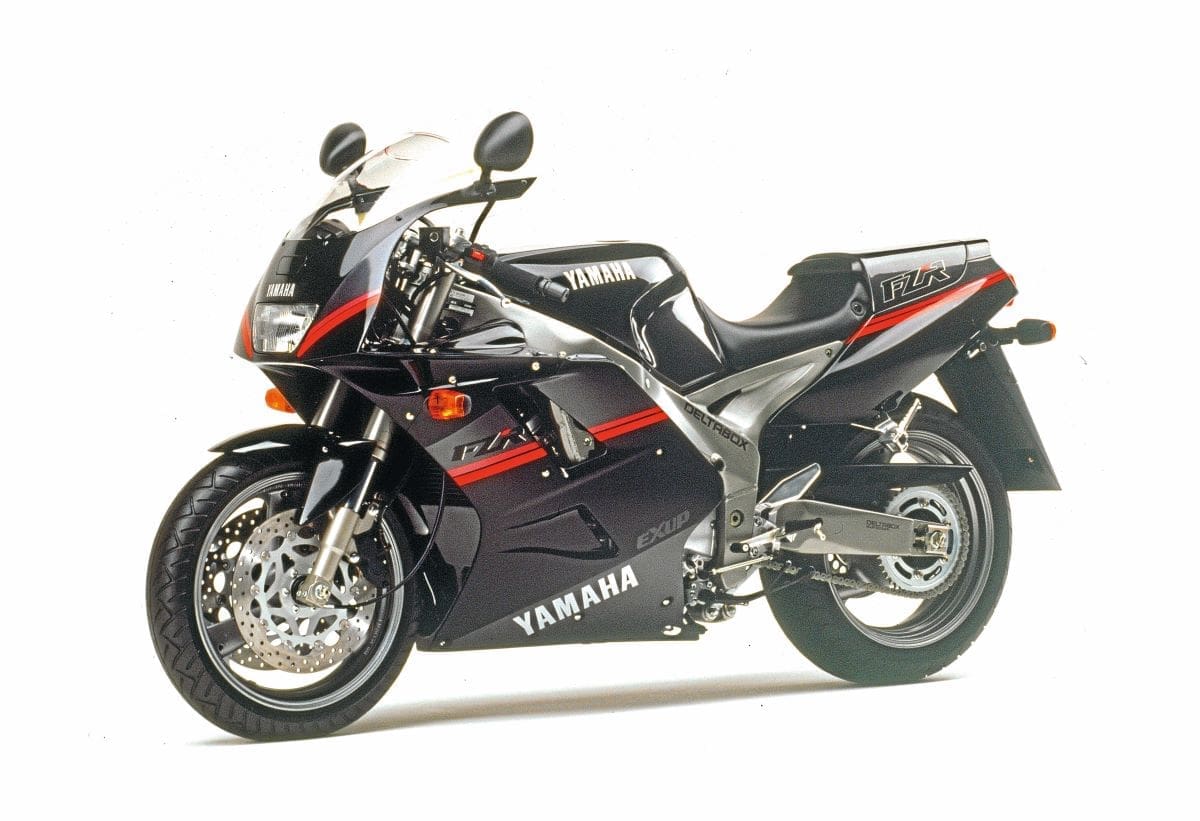
For me, the must-have bike was a Yamaha FZR600 – the Foxeye version – because it was a big step up in performance from my 250s, but also genuinely affordable to buy and insure. Like thousands of other similarly-aged and experienced motorcyclists, the 600cc supersport bike was the natural next step on my journey, and the FZR, then a CBR600 completed my apprenticeship. They both had enough extra over what I was used to, to keep me interested and entertained for long enough until I reached an age that the cost of insuring a litre bike – a Suzuki TL1000S, in my case – became affordable.
Supersport bikes categorically were the reason why literally thousands and thousands of motorcyclists just like me stuck with motorcycling after getting our licences. They offered enough of a step up in performance from the first post-test bike to keep broadening the horizons of what is possible at an affordable price to buy and run. But then people stopped buying them as the economics verus performance calculation became skewed in favour of the litre bikes as their development and specs took off, while thanks to increasingly tighter emission laws, the supersport bikes actually went backward in terms of value proposition.
It’s no coincidence that in the quest to make its supersport bike run as cleanly and efficiently as possible that the Yamaha R6 was the first production bike to use ride-by-wire technology in 2009, such was the desire and effort put in to keeping its supersport bike relevant. That same cutting-edge technology would later go on to be the main building block for pretty much every rider aid ever conceived, but it was originally born out of an absolute desire for the manufacturer to keep the supersport class alive, thus keeping an exciting option for keen, young riders and/or riders on modest incomes riding bikes – because if they’re riding bikes, they’re buying bikes.
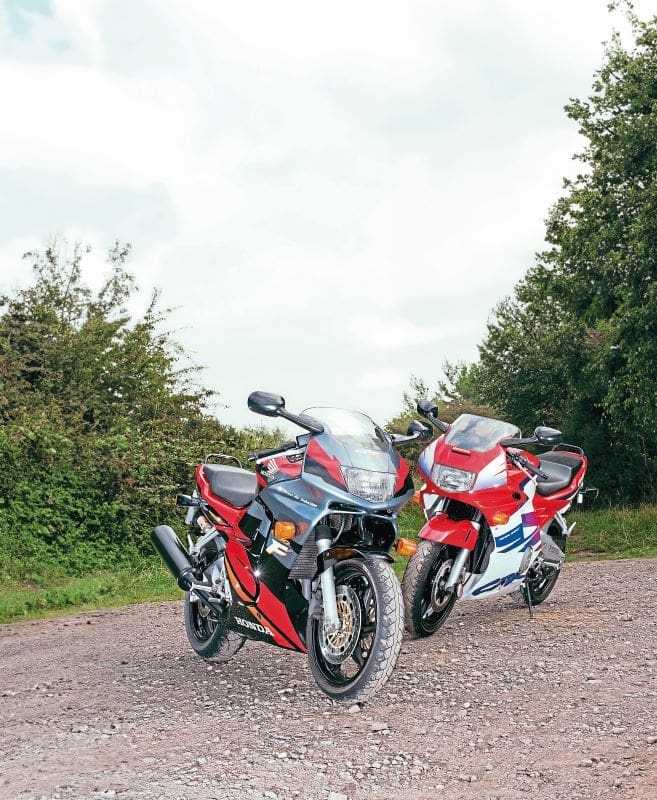
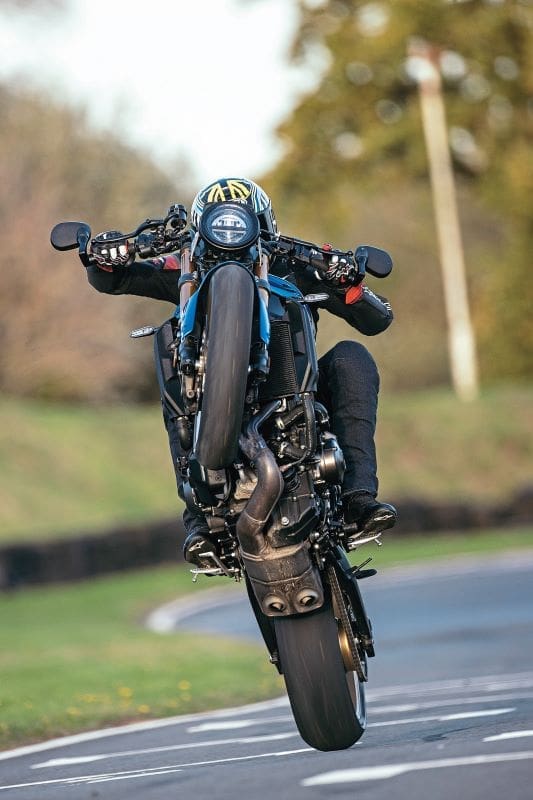
Now, I wouldn’t be so bold as to suggest that the reason the average age of the motorcyclist has gone up and up in that past couple of decades and sportsbike sales have fallen is all because the supersport class had to succumb to the laws of physics, being unable to be as clean as they must be now and still be exciting. However, the absence of affordable, revvy, fun and engaging sportsbikes from the market certainly won’t have helped. It’s true that the manufacturers have been coming out with decent entry-level sportsbikes – the Yamaha R7 and Aprilia RS660 as the prime examples in recent years – but when you get down to it, they’re just a little bit too soft, a little bit too heavy, and don’t have quite enough fizz in the engine because they’re usually parallel twins – and it’s also true that they’re built down to a price. So, when you get down to it, even though they’re very good, they’re just not as dynamic or as exciting as even a modest supersport bike was.
So, why now? The romantic in me wants to believe it’s a combination of manufacturers collectively realising that the gaping hole left in the market by the absence of supersport bike options has had an adverse effect on the retention of new and young riders, with nothing realistic to aspire to. Plus, even in the relatively short space of time that the emissions standards – specifically Euro5 – blunted the fizzy nature of a 600cc four-cylinder engine, manufacturers have found a way to meet the standard required and now make power. In the case of Triumph, it’s obviously done it by making the engine bigger to compensate for the power-sapping catalytic converters; remember, the Daytona had a 675cc engine and now the Moto2 has a 765cc engine.
It remains to be seen just what, if anything, Kawasaki has done to the ZX-6R to get to a quoted figure of 122bhp, but either way that’s a 50bhp jump from something like a Yamaha R7, as well as an alloy frame, big brakes and trick suspension – and still for sensible money.

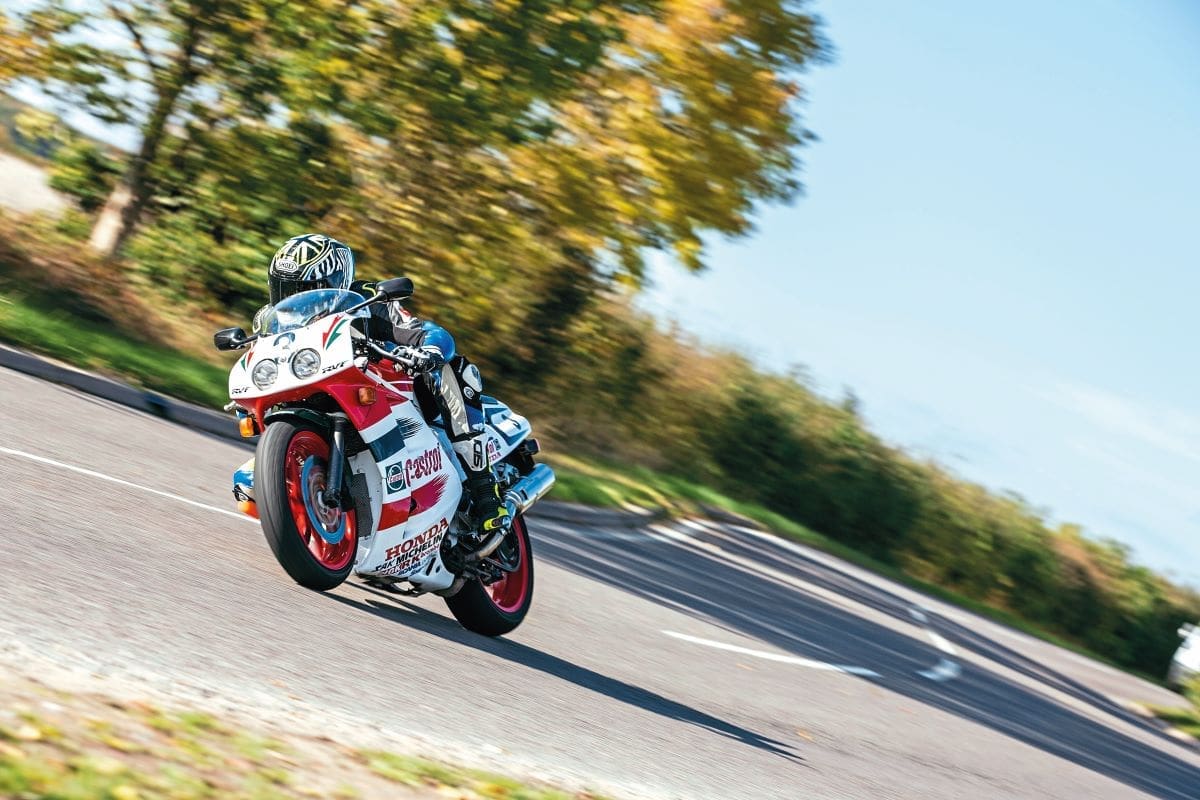

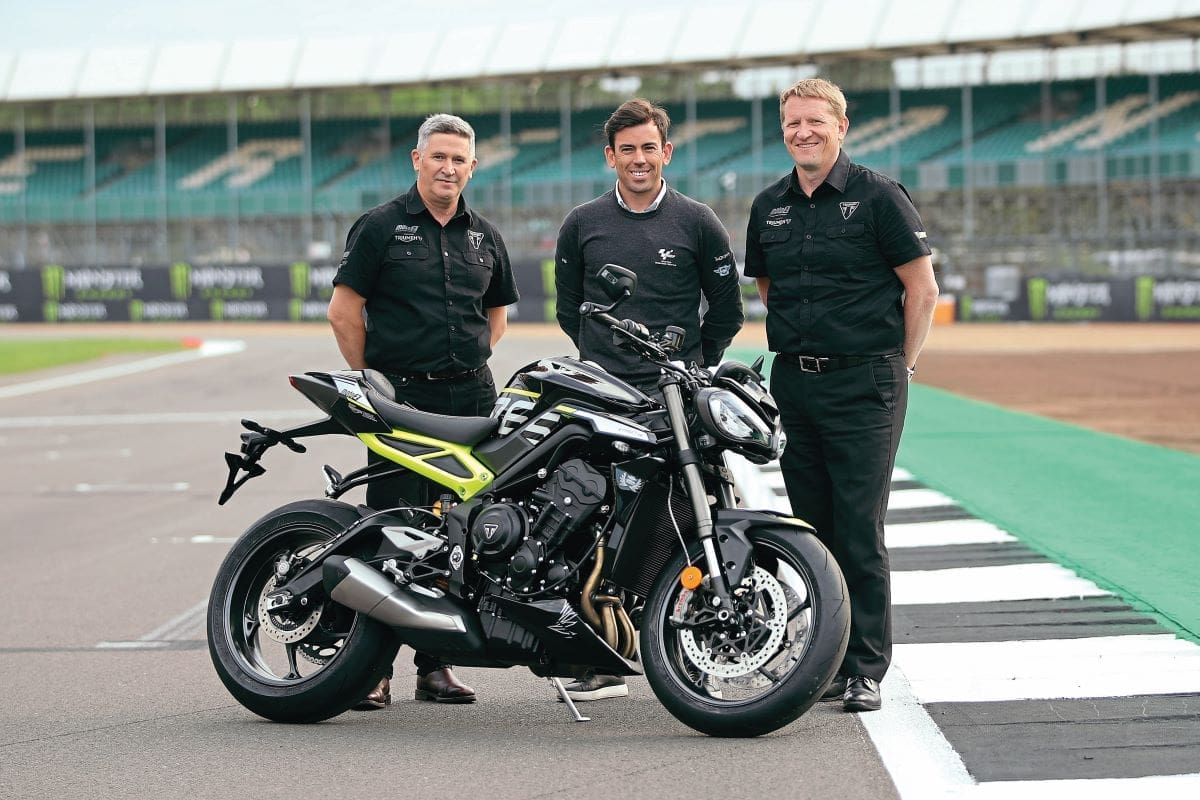
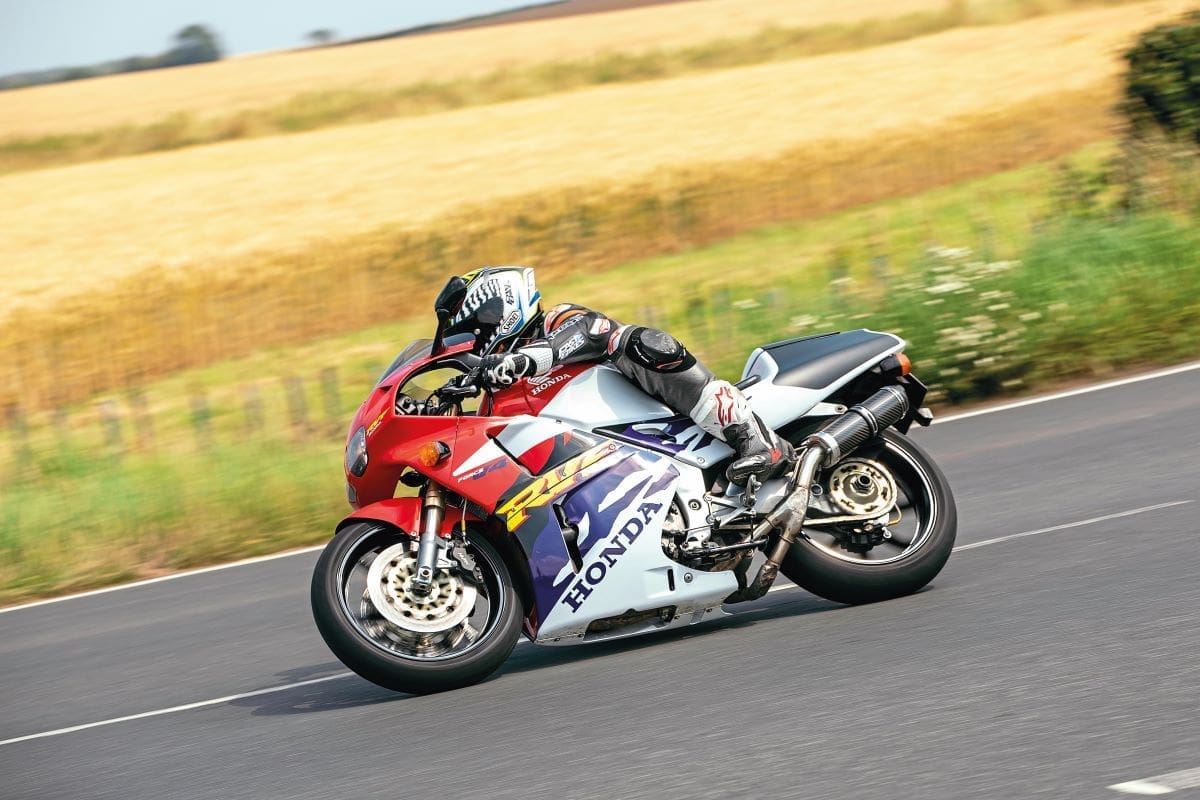
Speaking of Yamaha, hiding in plain sight at the recent Goodwood Festival of Speed was an alloy-framed/MT-09 engine-powered prototype called the XSR900 DB40. Given that the MT-09 makes just under 120bhp, it’s not a huge stretch of the imagination to believe that there will be a Yamaha R9 coming soon. Expect it to have a variation of the alloy frame as seen at Goodwood, at least 120bhp, have a full set of supersport bodywork and be priced very closely to the ZX-6R. Yamaha could be about to re-enter the supersport sector with an 890cc three-cylinder engine. After all, nobody said that the formula needed to fill that gap has to be 600cc and four-cylinders – and what a gap it is.
The current crop of entry-level sportsbikes all cash in at about £9000, give or take, and the cheapest litre bike is Kawasaki’s ZX-10R at £17,499. The gap is too big, and I believe manufacturers know this and are making moves to fill it with exciting bikes. Triumph already has the platform in the form of the heavily revised Street Triple. Kawasaki more or less needs to just press a button and restart production of the ZX-6R, and Yamaha already has most of it needs, as seen at Goodwood. What of the others? Well, Honda still makes the CBR600RR, but just don’t sell it here, just like Suzuki with its GSX-R600, which is alive and well, living it up in the USA with a price tag of just $11,800 (£9345), which is less than an Aprilia RS660. It wouldn’t, presumably, take a huge amount of effort to start bringing them back in to Europe if they wanted to, and that’s the crux of the matter, although I suspect what we will see is a GSX-8R – a GSX-8S with a fairing – to take on the R7… which leads me neatly to my next musing.

The curious one in the mix is the Kawasaki ZX4-RR because it clearly isn’t taking on the ZX-6R, but it is taking on the ‘my first sportsbike’ Yamaha R7 and inevitable GSX-8R head on. It’s got the same sort of power and same sort of price, but unlike the R7, which uses a parallel twin cylinder engine taken from… an MT-07. Even the most mediocre marketeer can draw a direct link between the little 400cc Kawasaki and Johnny Rea’s world championship-winning ZX-10RR. 10,000rpm versus 14,500rpm? No contest. If the ZX4-RR puts a significant dent into the R7’s sales, then that’ll probably be the first clue that there is an appetite out there for affordable, small capacity, exciting, noisy sportsbikes instead of shopping bikes dressed up as sportsbikes. I, for one – and I say this with nothing but total respect for bikes like the R7 – sincerely hope and pray that the ZX-4RR does just that, as it should then follow that in the years to come, we start seeing more bonkers bikes like the ZX-4RR.
Kawasaki, Triumph and presumably Yamaha have obviously seen enough in the information they have to hand on stuff like global market trends and internal sales and shifts to decide that what they need to boost their sales is something in the space left behind by the original supersport bikes as a way to retain customers and, long term, move them on to other/bigger bikes in their range. After all, they are in the business of making money, so believe me when I say that if they still thought as they did not very long ago that building that 120(ish)bhp sportsbikes were a waste of time and money, they would not be doing it. So, something has changed; they know something we don’t – or at the very least have decided that pulling out of that space was a mistake.
It’s ironic that for all the majesty and celebration of the modern litre bike at just how phenomenal they have become in recent years, that without the part played by the humble supersport bikes doing the hard yards and providing that thankless link between first sportsbike and litre bike, that it’s not surprising litre bikes have become less accessible and therefore less interesting to the new or young rider. The supersport class, one by one, was killed off as Triumph, Suzuki, Honda, Kawasaki and finally Yamaha just couldn’t make the numbers add up.Time will tell if some or all re-enter that space left behind and if so, what with.
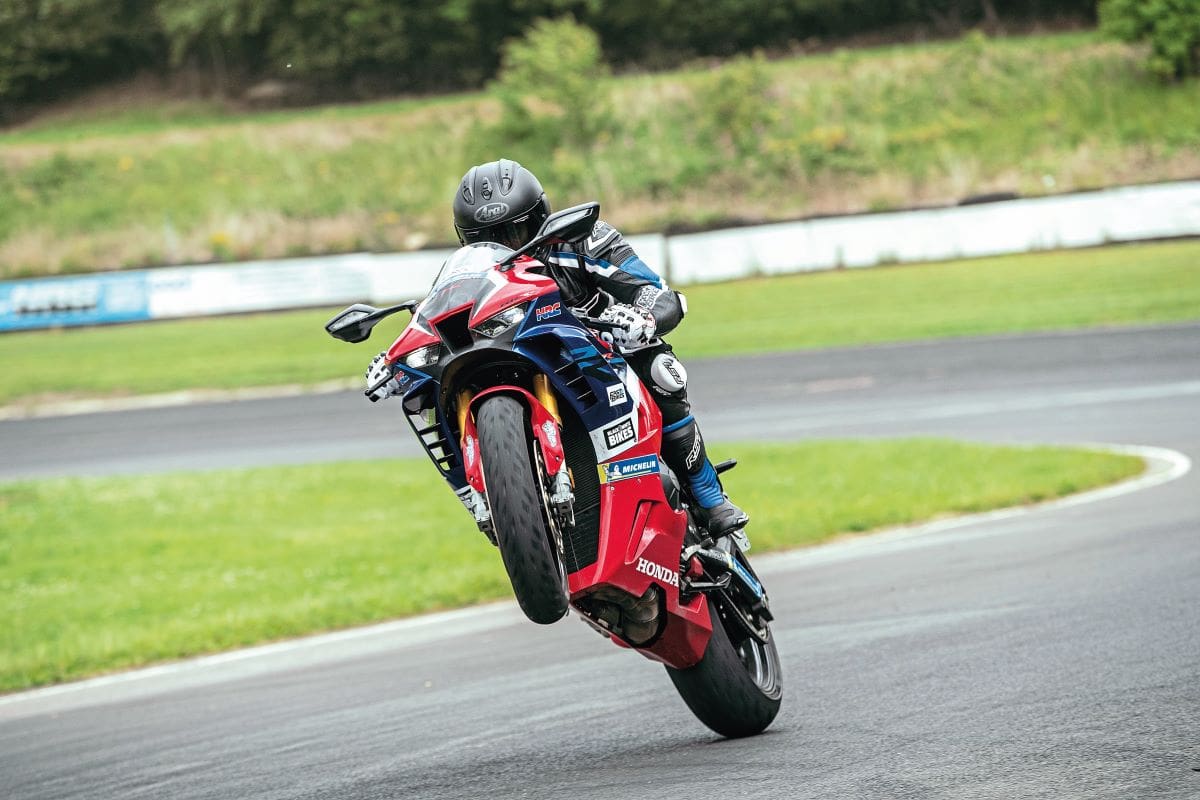


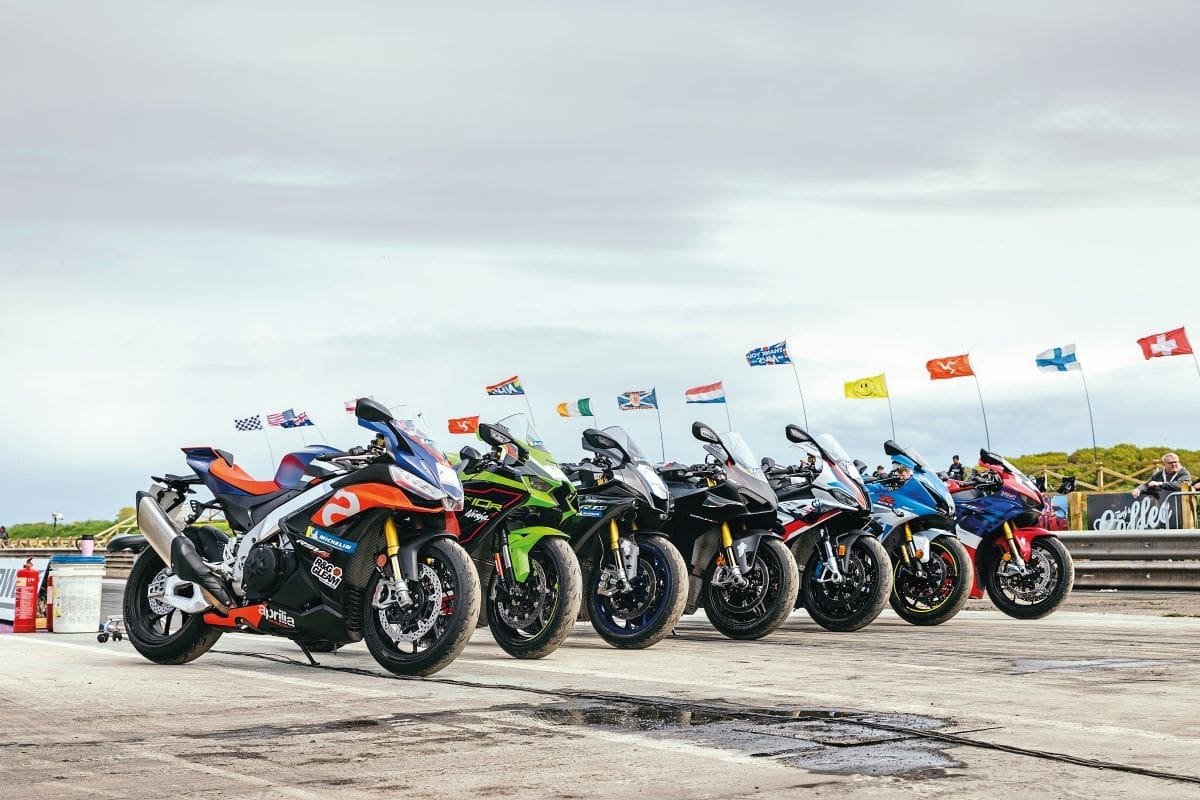
As it stands, there’s a fairingless, high-spec three-cylinder 765cc supersport bike and a full-blown, screaming 636cc supersport bike already in play, and an 890cc three-cylinder option just in the wings, so one thing is for sure, where before the class was bikes that were all variations of the same theme – due to racing rules – if we are witnessing the rebirth of the supersport class, it’s not going to look anything like how it used to, so we can expect some genuinely interesting bikes at sensible prices in the coming years.
Maybe the death of the supersport class, while painful for people of my age to watch through my rose-tinted glasses, was just what motorcycling needed. Litre bike development has more or less stalled as power figures are well north of 200bhp, and tech is at weapons-grade level, manufacturers are more or less playing around at the edges of their formulas, tinkering for marginal gains with things like wings becoming more and more points of differentiation from previous models. With a metaphorically clean sheet of paper to start with in the form of a deceased supersport class, the opportunity to come up with different ways of filling that 120-130bhp/£10,000 space is wide open.
Here at Fast Bikes, we are actually drooling at the prospect of what might come next. The truth is that as much as we get off on riding the mega bikes, we are chuffed to see signs of life where once there was doom and gloom, because we have missed the simple, accessible and blue collar nature of the supersport class… or whatever we need to call it now.
Advert
Enjoy everything More Bikes by reading the MoreBikes monthly newspaper. Click here to subscribe, or Read FREE Online.


